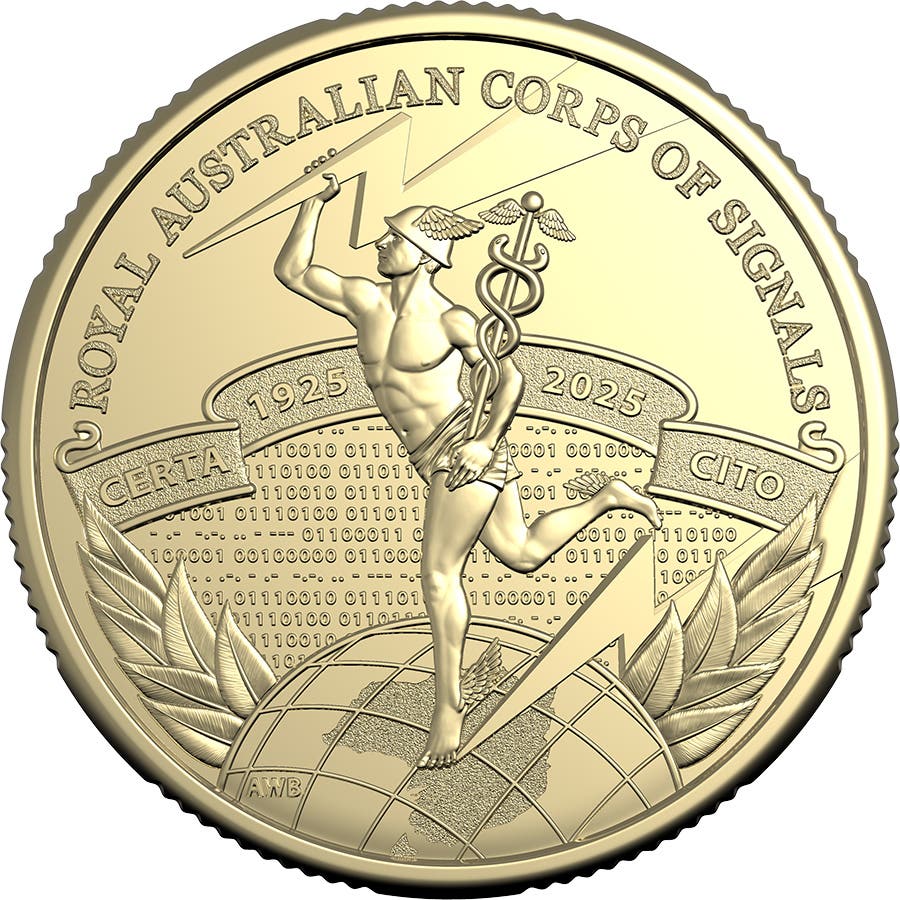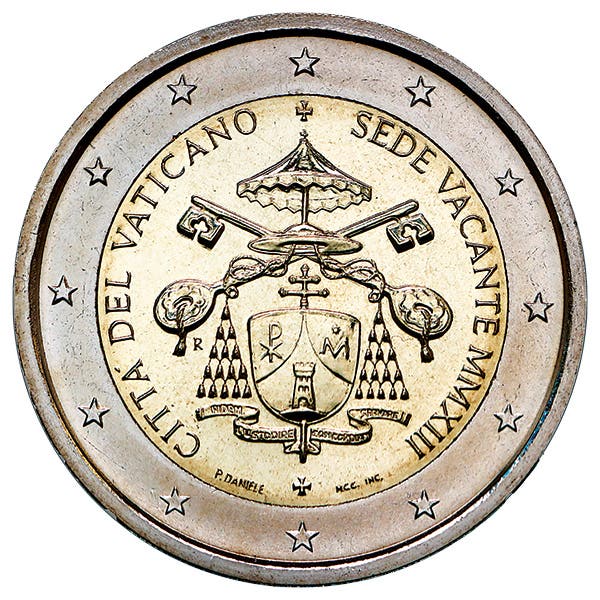How Much Coin Damage is Too Much?
What is a damaged coin? How much damage is OK? The first question is fairly easy to answer; not so the second. Most collectors know damage when they see it,…
What is a damaged coin? How much damage is OK? The first question is fairly easy to answer; not so the second. Most collectors know damage when they see it, and the assessment of it on a coin they are buying is something they must eventually make themselves. Third-party grading services (TPGS) have made this determination simpler for us, but it is not that simple and certainly not universally standardized.
Thirty years ago, while working at PCI, a TPGS owned by the Revels family in Tennessee, we began slabbing and grading damaged coins rather than returning them with no service as the other TPGS were doing. Our grading was an adoption of the original Technical Grading System used at the first TPGS, the International Numismatic Society’s Authentication Bureau. Grade the coin as it exists [no net grades] and list any problems it may have.
An easily understood yet ridiculous example of technical grading that I use for students is to imagine a Gem Morgan dollar with blazing original luster and virtually no marks cut in half from 12 to 6 o’clock. Its technical grade would be Gem Uncirculated, cut in half. That is how we express a problem coin’s “detail” grade. I’ll bet that made a lot of you cringe!
Now let’s tackle the easy question in this column. What is damage? Opening a dictionary gives us a perfect definition: “Injury or harm that impairs value or usefulness.” I’m reminded that when I first collected coins, any proof coin that was not “perfect” was just called an Impaired Proof. Using that word “Impaired” for all coins would be an easy solution for today’s “problem” coins too; but then many collectors would no longer be educated as to what exactly was wrong with their coin. TPGS graders can attest to how necessary this education is for many of their clients.
Experience and knowledge of a coin’s original surface (see my previous column in the Nov. 8 issue of Numismatic News) separates all of us. Each of you needs to learn the proper way to examine a coin so that you’ll be able to see any impairment and then decide how much it affects the eye appeal and value of that coin. That’s what each major TPGS tries to do for us, but they are not perfect and their criterion for “OK” (market acceptable) are definitely not universal. Some allow quite an amount of wiggle room from my personal standards.
Some would say that circulation wear is damage; but let’s ignore them here. I’ll ignore chop marks and countermarks and also coins that are impaired when they are made (mint errors). These are the exceptions to the definition above, as their “problem” usually makes those coins more valuable to many collectors. Some of the major impairments to the coins I see are alterations/repairs, corrosion, post-mint contact marks like scratches, and cleaning. That is also my personal rank of impairments from the worst down; however, each of these impairments occurs in different degrees of severity. Therefore, any set ranking is impossible, as there can be overlap or changes up or down in their effect on a coin’s level of undesirability. For example, I have placed corrosion near the top of my list of impairments. Nevertheless, it should be obvious that a small corrosion spot on the reverse of a coin is less of an impairment than a scratch on the coin’s obverse or a repaired rim.








